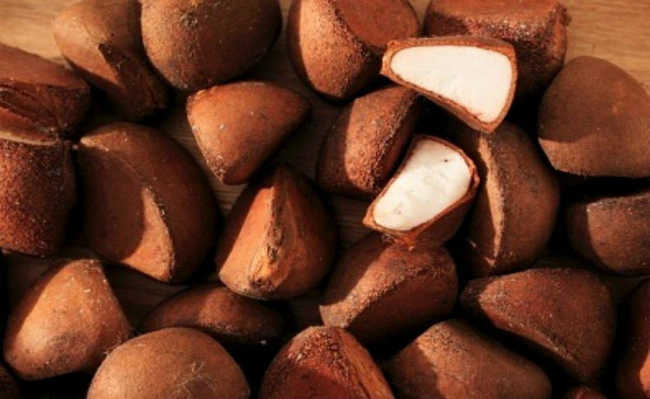Sand: what is it and what is its composition
Sand is composed of a set of particles that form from the erosion of rocks.

Jonathan Borba image on Unsplash
Sand is composed of a set of degraded rock particles. Geology defines sand as the particle size fraction of soils or sediments with sizes between 0.06 and 2 mm. It is formed on the Earth's surface from the erosion of rocks and, as it is a product of sedimentary processes, sand appears at an intermediate stage in the life cycle of rocks.
Sand types are divided granulometrically. The Granulometry or Granulometric Analysis of soils is the study of the distribution of the dimensions of the grains of a soil. In other words, it allows determining the dimensions of the material particles and their respective percentages of occurrence. Thus, sand is classified into three categories:
- Fine sand (between 0.06 mm and 0.2 mm);
- Medium sand (between 0.2 mm and 0.6 mm);
- Coarse sand (between 0.6 mm and 2.0 mm).
sand composition
Despite being formed mainly by quartz, sand can aggregate other minerals in its structure. This is because the composition of sand depends directly on the rock that formed it and the amount of transport and changes to which it was subjected.
The most common sands are quartzite sands, with a light color, which have quartz as the predominant component, which is explained by the greater resistance of this mineral to the actions of external agents. However, they can add minerals such as feldspar, mica, zircon, magnetite, ilmenite, monazite and cassiterite to its composition.
The color of the sand can also vary, as it is related to the rocks in the region. On the coast of São Paulo, for example, the presence of crystalline rocks such as granite, rich in quartz, is reflected in the characteristics of the beaches.
sand properties
The properties of sands depend on their sedimentary history, which is related to geological and climatic contexts. The large number of factors that interact with each other, related to these two types of context, explains the immense diversity of types of sand, both in terms of composition and its aspect.
Where is sand found?
A study carried out in the city of Ribeirão Preto on the conception that the school community has regarding the sand cycle and their knowledge about reservoirs and sand flows in nature showed that students and adults attribute the origin of sand to beaches, rivers and deserts and that it would be blown away by the wind. However, sand can also be found abundantly in other sites or terrestrial systems where sediment deposition predominates, such as rivers, desert ergs, submerged coral reefs, coastal dune fields or glaciers.
Sand from river environments
This type of sand contains quartz and minerals such as mica, feldspar, pyroxene, garnets and olivines. The grains in this environment are angular because they have been subject to little transport. Furthermore, they have some shine, which is due to the fact that they have been transported by water.
Sand from marine environments
Usually, the sand in these environments is homogeneous, since the energy of the waves is constant. The sand grains are shiny and highly polished, as they are constantly carried by the waves. The characteristics of sands in marine environments vary according to the original rocks and wave energy at the location.
Sand from dune environments
Sands of this type are fine, light and homogeneous. They have a pointed and opaque surface due to impacts with other grains. In addition, the grains present in dunes contain quartz, as these are easily transported by the wind.
uses of sand
- Sand is the main component of concrete;
- Sand is widely used in the production of glass;
- In blizzards or when there is ice, the sand is spread on the roads to give greater traction to the tires, preventing accidents;
- Brick factories use sand as an additive to the clay mix to make bricks;
- Sand is often mixed with paint to create a textured finish for walls and ceilings;
- Fine sand is used, along with other substances, as a compost for water filters;
- Sandy soils are ideal for certain types of crops, such as watermelon, peaches and peanuts, in addition to being ideal for intensive dairy production due to their excellent drainage characteristics;
- Sand is used in landscaping to make small hills and slopes;
- Sandbags are used for flood protection;
- Railroads use sand to improve the traction of the wheels on the rails;
- Sand is widely used in the manufacture of mortars for flooring and plastering;
- Desert sand could be used in concentrated solar power installations to store thermal energy up to 1000 °C.
What do the sands tell us about a place?
Professor Christine Laure Marie Bourotte, from the Department of Sedimentary and Environmental Geology at the IGc, in São Paulo, created a collection with numerous samples of sand particles from different parts of the planet to show the diversity of the sediment.
A part of the collection is online and anyone can discover this microscopic world, which goes beyond beauty and brings scientific information about the history of a region. Learn more about the topic in the article: "What do the sands tell us about a place?"










